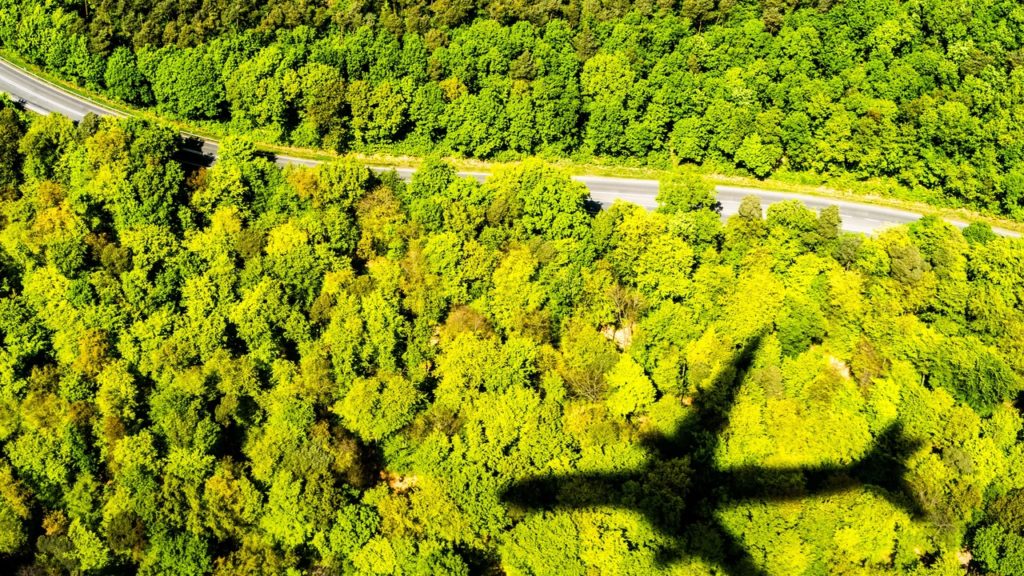Pollution from airports and aircraft is a significant contributor to climate change.
To curb the environmental impact caused by aviation, multinational information and technology company SITA has recently signed a memorandum of understanding with AI company Envision Digital.
One area where we can add the most value is by focusing on streamlining airline and airport operations to be more sustainable, underpinned by technology and data analytics.
As a result of this programme, SITA earlier this year became a certified CarbonNeutral company and remains focused on further decreasing emissions to maintain its annual certification renewal.
Therefore, we have adapted our portfolio and introduced new or supplemented solutions that help our customers reduce their carbon footprint.
One study highlighted that more than 97% of an airport’s annual emissions relate to flight arrivals and departures.
With this in mind, SITA is currently trialling a new emissions management capability at Palermo Airport.
The initiative will integrate various emission datasets to help the airport make informed decisions to drive greater efficiency in apron operations and reduce greenhouse gas emissions.
After an existing successful partnership between SITA and Safety Line to make flights more sustainable by integrating Safety Line’s OptiFlight product with our eWAS Pilot application, the acquisition was a logical next step.
OptiFlight is the only predictive in-flight fuel efficiency solution leveraging machine learning performance models enabling an aircraft to optimise all flight phases, including climb-out, cruise, and descent.
According to the Airports Council International, aviation activities contribute 2% to 3% of global human-induced carbon emissions, with airports accounting for approximately 2% of the aviation contribution globally.
At the same time, both airlines through IATA and airports through ACI has committed to achieving zero carbon status by 2050.
This requires a coordinated effort from all stakeholders including airlines, airports, air navigation service providers, manufacturers, and government.
We don’t need to wait for some of the more ground-breaking technologies – new-generation aircraft or sustainable fuels – to get a head start on reducing our emissions.
Given the immense challenge facing the industry, we need to work together as an industry and starting today.
